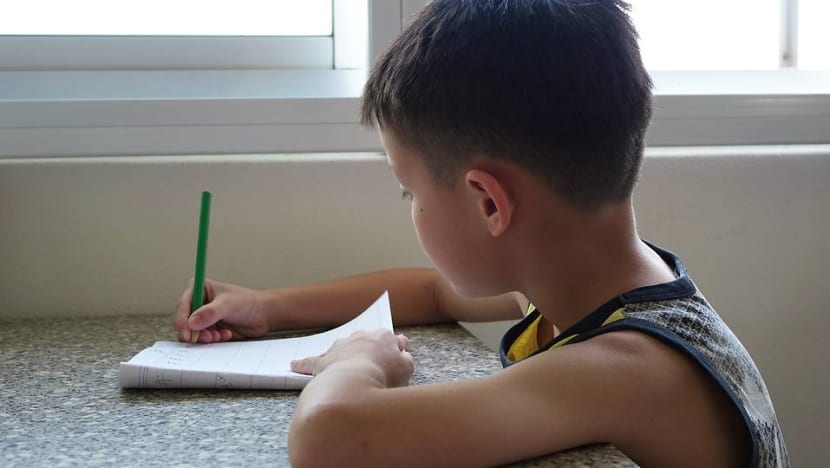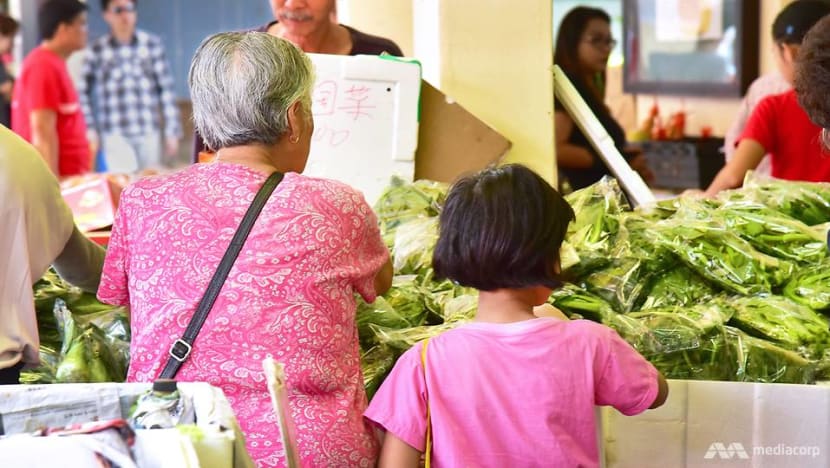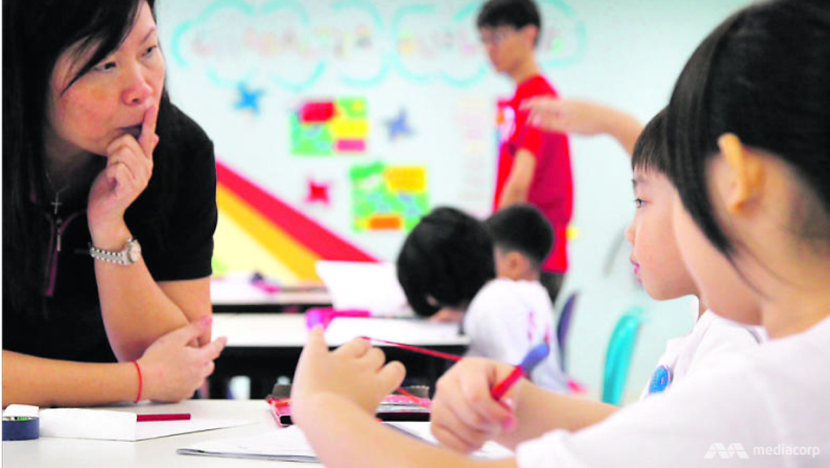commentary Commentary
Commentary: A wake-up call, when a disadvantaged child gets 8 out of 100 for an exam
Uplifting disadvantaged children requires us to create ecosystems of support and actively facilitate their access to this support, says Cindy Ng.

(Photo: Pixabay)
SINGAPORE: Income inequality creates divisions in our society.
From birth, children from the bottom 20 per cent receive less access to financial and social resources than their peers from other socio-economic status.
This gap widens with each year and its effects become evident by the time these children turn seven, when formal education begins.
A number of years ago, I visited an eight-year-old boy who lived with his grandmother. His parents were incarcerated for drug offences. His grandmother and the eight-year-old boy survived on ComCare for a number of years.
During my home visit, I noticed that he was unwilling to engage me in a conversation. Because his school bag was wide open when I visited, I asked for permission to look at a test paper he had received that day.
The child had scored 8 out of 100 for his English examination. He was unwilling to talk to me not because he was shy, but because he couldn’t speak much English.
This also meant that he was unable to enjoy his time in school. His grandmother explained that it was becoming increasingly difficult for her to persuade him to attend school. On an average week, he would skip two days.
I had then a three-year-old daughter who had begun stringing sentences in English, and was conversing with practically anyone who would lend her their ears. I rarely had any difficulties sending her to kindergarten since she was always looking forward to varied experiences in school.
His lived experience and my daughter’s lived experience were completely different. I was horrified to see the gap between this eight-year-old boy and my then three-year-old daughter.
A WIDENING GAP WITH AGE
After the home visit, I made arrangements for the child to receive psychological support for his learning difficulties. While that helped him enjoy school a little more, he was by then, too far behind his peers and could no longer keep up with academic requirements.
The gap continues to widen between him and his peers with each year.

I often think about this boy and wonder what we, as a society, could have done to help him.
His disadvantaged background (including inter-generational poverty and drug abuse) should have been red flags for schools, community organisations, relatives, neighbours and family friends.
His inability to string sentences in English by the age of five should have raised red flags for all who interacted with the child. Why were this child’s needs not identified by anyone?
READ: This is what the face of poverty looks like, a commentary
NO SUPPORT
It became evident with time that the eight-year-old child did not have an ecosystem of support around him. He was not attending school regularly. He was also not actively engaged in any social groups outside of his home.
His grandmother lamented that even if these support systems were readily available in their community, she would not have been able to facilitate the boy’s access to them.
This grandmother, who is equally disadvantaged, was struggling to understand the boy’s needs. Because of her poor health and her own poor command of English, she struggled to facilitate his access to resources.
One could hardly blame her for struggling to pull herself together, think clearly about what her grandson needed and take her unwilling grandson to access these resources.
READ: The trouble with helping disadvantaged kids is you don’t know where to start, a commentary

WE CAN EACH DO SOMETHING
While helping children from disadvantaged backgrounds overcome obstacles to progress in their path seems like an enormous task, it isn’t a mammoth undertaking that requires an immediate overhaul of our education system.
However, it also isn’t going to simply be resolved by us showing more care and concern for one another. It requires commitment at different levels.
The duo’s community - the kindergarten, the school, relatives, neighbours, volunteers and community agencies - must step up to facilitate the child’s access to these resources.
This has to be done in the absence of a strong adult figure who would create the ecosystem of support.
The school and community agencies must consider different ways of engaging the child during school hours, such as providing one-to-one supervision, providing an allied educator to support his learning needs and mobilising social welfare officers or social service practitioners to actively reach out and create the necessary ecosystem of support.
The good news is that there are existing programmes available in the community that aim to do this very needful thing. Programmes such as KidSTART and KIDS 0-3 are great examples. Both aim to coordinate and strengthen support across agencies, extend new forms of support, and monitor the progress of children from birth onwards.
READ: Trade-offs unavoidable in social policy: MSF

We need to find a way to scale up such programmes in all neighbourhoods, actively reach out to these families and tailor the ecosystem of support to meet the needs of these children. We need to provide schools with these same resources to do this outreach work.
IT TAKES A VILLAGE TO RAISE A CHILD
Beyond the schools and the community agencies who do this needful work of offering professional services to these families, informal social support systems such as volunteers, neighbours and family friends play a big part in ensuring that these children utilise the resources they need from an early age.
A neighbour could have provided some support to the child by offering to ferry the child to school. Another neighbour could have offered to read to the child regularly or offered support to the grandmother when she feels disempowered to take the child to school.
A relative could have helped with homework supervision.
A grassroots volunteer could have befriended the child and offered to take the child for weekly language or reading classes.
A grassroots leader could work with community agencies to bring outreach programmes to the neighbourhood, and mobilise volunteers to commit to forming long-term relationships with these families.
Everyone has a moral obligation to alleviate this hardship. It is definitely within our power to extend help and support to a child, even if it is an inconvenience to us.
Imagine the impact we would make as a society if we would all learn to commit to the welfare of one such child.
READ: MOE-led task force to strengthen support for students from disadvantaged families

It takes a village to raise a child, and when we, as participants of this village also scale up our efforts to support these children, we would start seeing these children having a better shot at achieving positive life outcomes.
WHAT DOES THAT MEAN FOR YOU AND ME?
If you are a social service practitioner in a community agency or a teacher in a school, it means designing outreach programmes aimed at tailoring ecosystems of support to meet the needs of the child.
It would mean actively reaching out to these children and their families, and focusing not just on creating the support systems, but finding various ways to facilitate the child’s access to these systems. It would mean mobilising the community to help support this child.
READ: Three stories on why tackling poverty requires active listening, a commentary
Michelle Yeo, the co-founder of ReadAble, a literacy programme for children from low-income families, describes the work needed to help uplift children from disadvantaged families well:
When children are in an unstable environment, they are subject to intense, chronic stress ... and this affects their development greatly ... If we are really committed to lifting up these children, then we must be prepared to offer help on many fronts.
In order to give these children a good shot at positive life outcomes, we, the community, have to reach out and offer help, on a long-term basis. There is no short cut to doing this needful work.
Cindy Ng is a social worker with extensive experience working with low-income families and persons experiencing violence and abuse.














